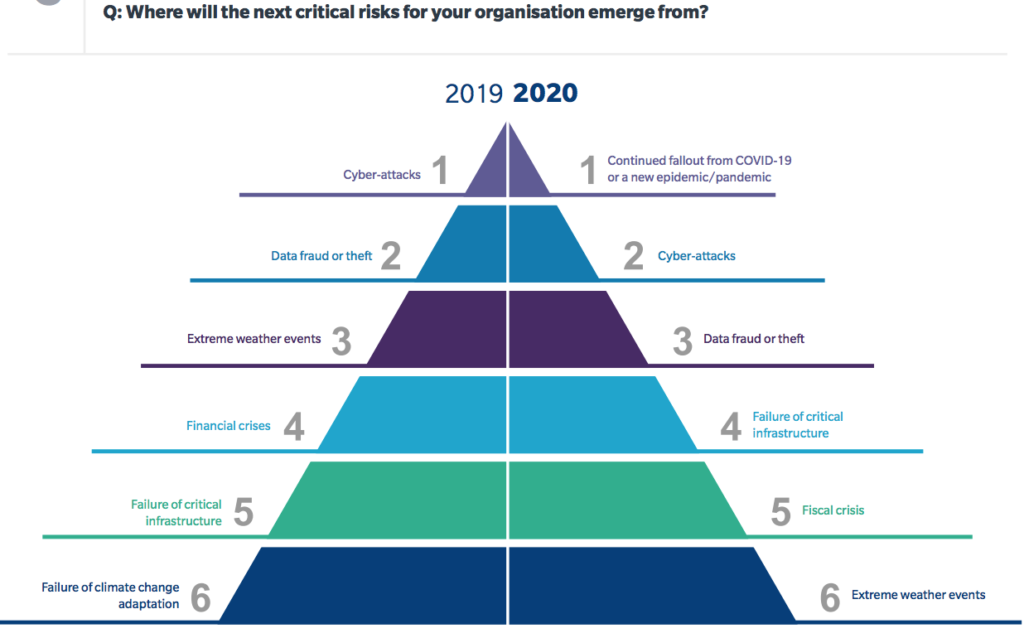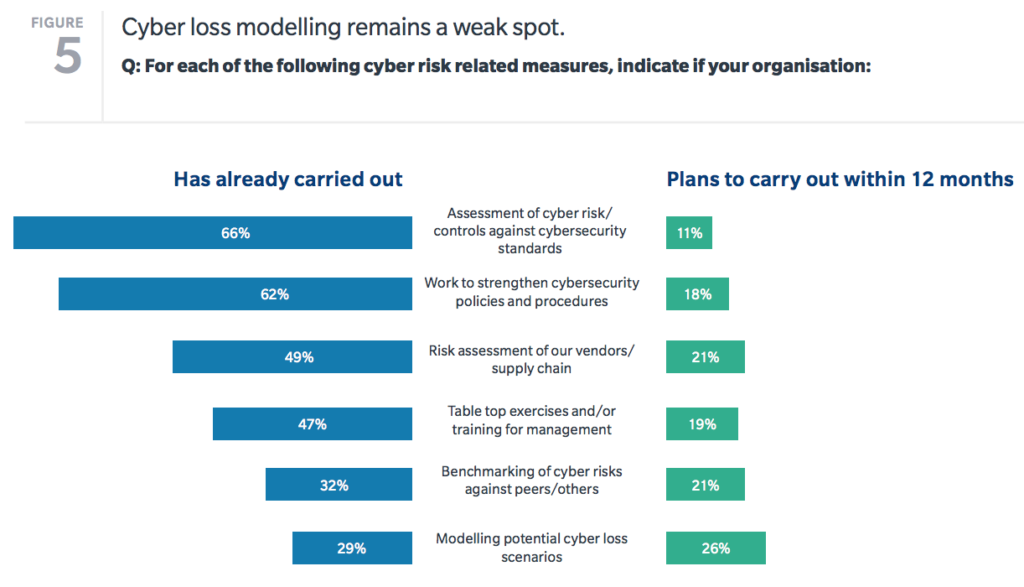On Sunday, August 29, Hurricane Ida made landfall in Louisiana as a Category 4 storm with winds of 150 miles per hour, making it one of the most powerful storms to ever hit the United States. Striking on the same date that Hurricane Katrina devastated the region 16 years ago, Ida caused significant wind damage, storm surge and flooding in Louisiana and Mississippi and has left 1 million homes and businesses without power, including the entire city of New Orleans. Ida has now weakened to a tropical storm and will continue to cut through the south before making its way across much of the East Coast, bringing significant risks of wind, rain and inland flooding throughout this week.
The storm marks another overactive hurricane season officially underway in the United States, prompting business leaders and property owners to ensure they are adequately prepared from an insurance and risk management perspective.
Some key recommendations to consider before and after any hurricane include:
Preventative Measures
First, establish a plan that includes clearly defined roles and responsibilities for preventative measures to protect your building, employees or tenants in the event of a hurricane. This plan should include everything from the identified incident response team and the established internal and external communication protocols to the selected offsite workspace and disaster recovery plan.
It is also critical to have a predetermined contact list for key service vendors, suppliers and contractors—and to build relationships with those individuals in advance. When a storm of any magnitude hits, multiple businesses will likely be affected, so establishing a vendor rapport beforehand allows you to pre-negotiate rates and availability guarantees, helping to save time and money after a disaster.
From a property perspective, ensure that your buildings and structures are adequately protected to mitigate potential damage. Precautionary steps like boarding up buildings, covering windows and landscaping, and fastening anything that could blow away or fall may seem like small considerations, but can significantly reduce damage and losses.
Additionally, back up important paperwork and IT services to avoid losing valuable assets. Severe weather often causes power outages and other service disruptions that may last longer than anticipated, and key files like property records and facility plans should be safely stored and easily accessible in the event of a hurricane.
Not only is this important for overall business operations, but it is also easier to adjust claims when you can show that you recently backed up files.
Read the Fine Print
When it comes to your insurance policies, it is critical to verify that your coverage includes appropriate, up-to-date limits and deductibles.
This includes determining if you have adequate insurance based on your location and its respective risk for floods or windstorms. In addition, you should review your policy’s sublimits, which set coverage limits for certain scenarios, so you know what to expect if damage occurs. For example, windstorm, flood and named storms all have different limits based on the typical severity of the type of storm.
Do not wait until the hurricane is coming to evaluate or modify coverage, as this is like trying to insure a burning building, and insurance carriers will be bombarded with requests. Perform these evaluations and changes proactively so you can remain calm knowing the appropriate coverage is in place for any potential threat.
If a hurricane does hit close to home, business owners can typically tap into business interruption insurance and extra expense limits for any losses that occur due to suspended operations resulting from the storm. This also applies to property owners who may need to move tenants to a different location while the property is being fixed—a process that could take several months depending on the severity of the hurricane and the associated damage—and are therefore not incurring rent.
Now What?
If a hurricane impacts your business, implement your disaster recovery plan. Then, as soon as it is deemed safe to re-enter the property, document all damage in detail with written descriptions, as well as photos and/or videos. At this time, take a full inventory of damaged materials, as this will be important throughout the claims process, and save any pieces that could help with restoration down the line. Most claims require you to immediately notify the carrier of damage and provide the documented “proof of loss” within a specific time frame. Before doing so, reach out to your insurance broker who can help guide you through this process.
Another best practice is addressing any damage in a timely manner to avoid any issues that could worsen with time or additional weather events. Taking immediate action, such as covering an exposed roof, securing doors and windows, removing water, and drying out any affected areas, can lessen the potential impact of further deterioration and keep those in the vicinity safe from harm. For more dangerous and technical issues, like getting the electric system back up and running, consult a qualified professional.
While hurricanes can certainly be daunting, there are ways to prepare in advance to make sure you are not caught off guard or without a plan. Be sure to assess your risk and execute the appropriate steps to protect your business, property and employees. Most importantly, lean on your insurance broker and other qualified vendors with any questions or concerns.
buy prelone online https://royalcitydrugs.com/prelone.html no prescription


